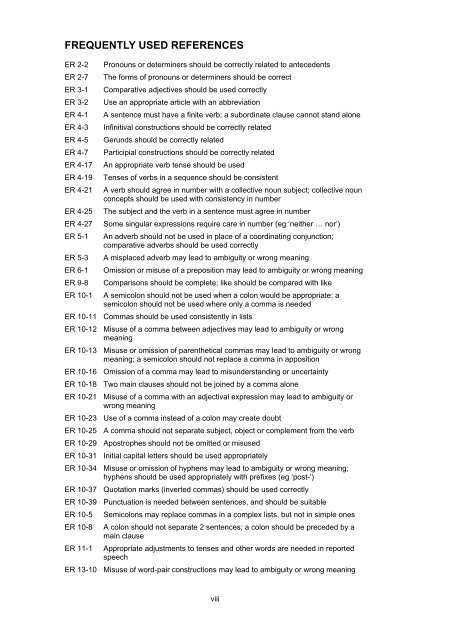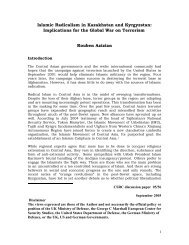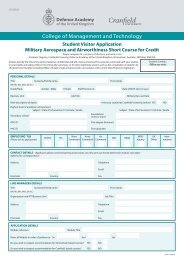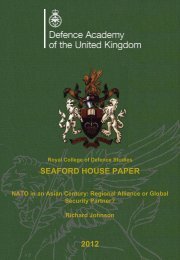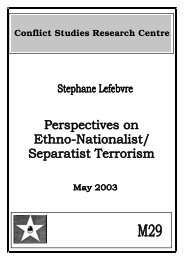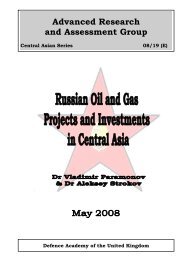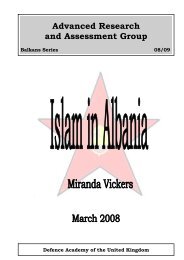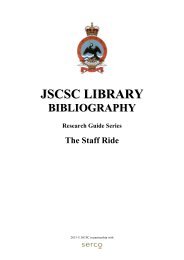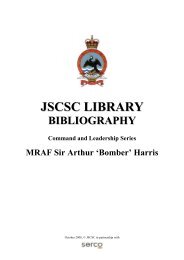You also want an ePaper? Increase the reach of your titles
YUMPU automatically turns print PDFs into web optimized ePapers that Google loves.
FREQUENTLY USED REFERENCESER 2-2 Pronouns or determiners should be correctly related to antecedentsER 2-7 The forms of pronouns or determiners should be correctER 3-1 Comparative adjectives should be used correctlyER 3-2 Use an appropriate article with an abbreviationER 4-1 A sentence must have a finite verb; a subordinate clause cannot stand aloneER 4-3 Infinitival constructions should be correctly relatedER 4-5 Gerunds should be correctly relatedER 4-7 Participial constructions should be correctly relatedER 4-17 An appropriate verb tense should be usedER 4-19 Tenses of verbs in a sequence should be consistentER 4-21 A verb should agree in number with a collective noun subject; collective nounconcepts should be used with consistency in numberER 4-25 The subject and the verb in a sentence must agree in numberER 4-27 Some singular expressions require care in number (eg ‘neither … nor’)ER 5-1 An adverb should not be used in place of a coordinating conjunction;comparative adverbs should be used correctlyER 5-3 A misplaced adverb may lead to ambiguity or wrong meaningER 6-1 Omission or misuse of a preposition may lead to ambiguity or wrong meaningER 9-8 Comparisons should be complete; like should be compared with likeER 10-1 A semicolon should not be used when a colon would be appropriate; asemicolon should not be used where only a comma is neededER 10-11 Commas should be used consistently in listsER 10-12 Misuse of a comma between adjectives may lead to ambiguity or wrongmeaningER 10-13 Misuse or omission of parenthetical commas may lead to ambiguity or wrongmeaning; a semicolon should not replace a comma in appositionER 10-16 Omission of a comma may lead to misunderstanding or uncertaintyER 10-18 Two main clauses should not be joined by a comma aloneER 10-21 Misuse of a comma with an adjectival expression may lead to ambiguity orwrong meaningER 10-23 Use of a comma instead of a colon may create doubtER 10-25 A comma should not separate subject, object or complement from the verbER 10-29 Apostrophes should not be omitted or misusedER 10-31 Initial capital letters should be used appropriatelyER 10-34 Misuse or omission of hyphens may lead to ambiguity or wrong meaning;hyphens should be used appropriately with prefixes (eg ‘post-’)ER 10-37 Quotation marks (inverted commas) should be used correctlyER 10-39 Punctuation is needed between sentences, and should be suitableER 10-5 Semicolons may replace commas in a complex lists, but not in simple onesER 10-8 A colon should not separate 2 sentences; a colon should be preceded by amain clauseER 11-1 Appropriate adjustments to tenses and other words are needed in reportedspeechER 13-10 Misuse of word-pair constructions may lead to ambiguity or wrong meaningviii


